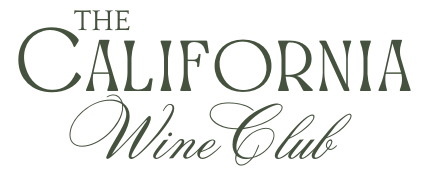WINE TASTING TERMS
WINE WORDS TO REMEMBER: Thief, Bung and Cooperage
On your next visit to wine country, why not ask for a chance to taste wine straight from the barrel? Though the tasting will be unlike anything you experience from a bottle, it will be fun and memorable. And members, remember your member benefit: Let us know when you’re traveling to wine country so we can arrange a VIP Tasting for you.
BUNG:
That is the little stopper that sits on the barrel's side that allows you to add wine or siphon off wine as needed.
THIEF:
This is a tube made of glass or plastic that you can use to extract a sample of wine from the barrel.
COOPERAGE:
The barrels or casks that hold the wine. It can also mean the place where those barrels were made, or, the storage capacity of a winery. Learn about barrel making.
Shall we remove the bung and use a thief to empty the cooperage?
“A hands-on tasting experience in a winery’s Barrel Room is the perfect way to get up-close and personal with the winemaker. Tasting wine from a barrel also gives you some understanding, and appreciation, for the transformation it will go through before making it to the bottle!”~ Bruce and Pam Boring, Founders, The California Wine Club

